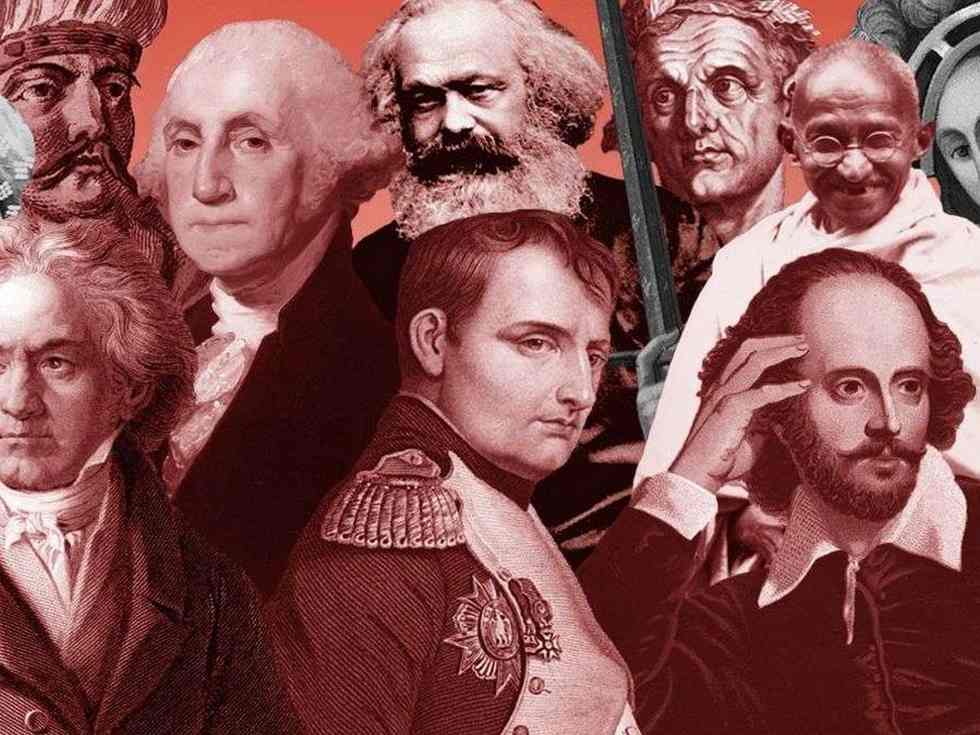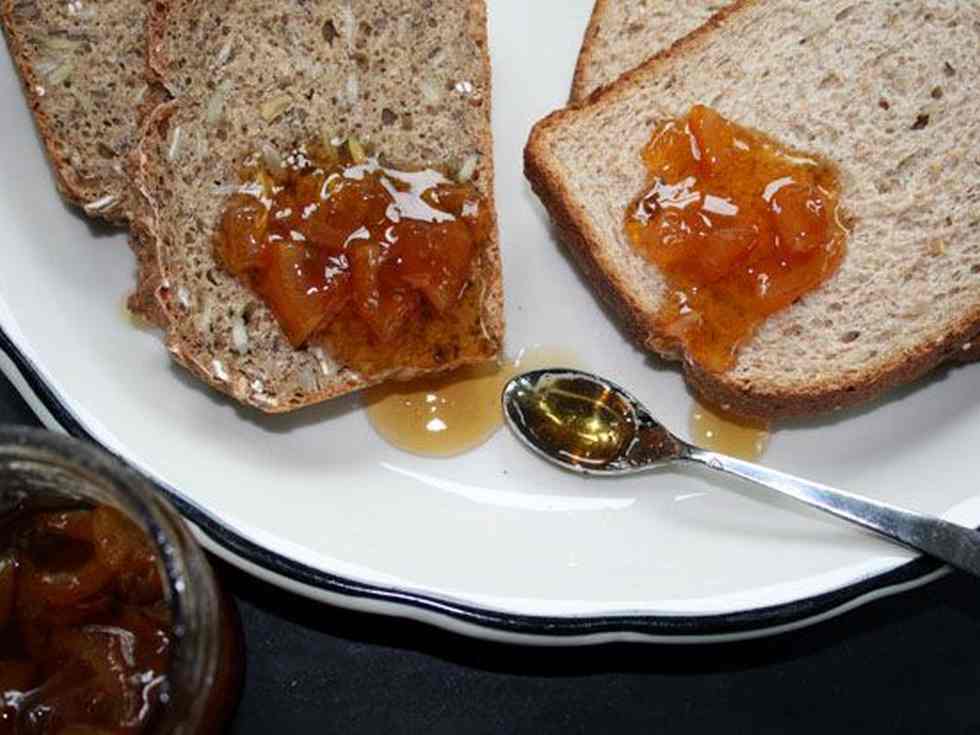
In early June, the HowStuffWorks podcast "Stuff You Missed in Historical past Class" was known as out but once more on what is outwardly an apparent bias: The present, it appears, is female-centric. The newest listener to notice this recommended the hosts change the title to "stuff you missed in historical past class principally about girls."
"Fed up" with "getting principally this very same e mail," together with tweets, Fb feedback and one-star evaluations claiming the identical feminine slant, podcast co-host Tracy V. Wilson went to the archives. What she discovered was this: From March 2013 to the current, 21 % of episodes have featured girls, 34 % have featured "ungendered" topics (the deaf society on Martha’s Winery, as an example) and 45 % have featured males.
Such a basic, shared misperception could be extra shocking have been it not so well-documented. Each scientific analysis and journalistic fact-checking have revealed an odd tendency within the populace to overestimate the feminine presence.
The phenomenon is not male-specific. In 2015, researchers requested nearly 1,800 executives, each women and men, of enormous corporations to estimate the proportion of girls amongst CEOs of enormous corporations (larger than $500 million in income). The typical male mentioned 25, the common feminine mentioned 21, and in response to the research authors, the reply is 8.
Girls aren’t even the chattier intercourse. Most research on the topic discover that males do a lot of the speaking. And when females take up 50 % of the talking time, they’re typically seen as dominating the dialogue.
"I feel it is a easy cognitive error," says Virginia Valian, Distinguished Professor of psychology and linguistics at Hunter Faculty and the CUNY Graduate Middle.
"Why do teachers assume there are such a lot of girls in academia? The school eating room used to haven’t any girls in it. If there are actually 4, it appears to be like like an onslaught," Valian writes in an e mail.
A Distorted "Regular"
In keeping with Valian, it is the pure results of longstanding exclusion.
"When a bunch is underrepresented — say, blacks within the theater — folks come to take that underrepresentation because the norm," Valian writes. "Then when a few blacks really get an element, it looks like the theater stage is stuffed with blacks. It has elevated dramatically, after all, as a result of there have been so few to start with."
The phenomenon is difficult at work within the films. In 2013, a research commissioned by the Geena Davis Institute on Gender in Media checked out 120 top-grossing movies launched between 2010 and 2013. The research, performed by Dr. Stacy L. Smith and group on the College of Southern California, discovered some issues with gender-ratio realism. Females made up about 23 % of the common "workforce," and about 30 % of all talking or named characters. An earlier research by the group discovered that females made up 17 % of the common "crowd" in G-rated films.
For reference, females have been 49.6 % of the world’s inhabitants and 39.6 % of the world’s workforce in 2014, in response to the World Financial institution. It is nearly 50 % within the U.S.
Continual underrepresentation could make a bunch appear extra influential, too. As perceived by journalist Robert Lipsyte, young-adult fiction bears an "overwhelmingly feminine imprint." Within the 2011 New York Occasions essay "Boys and Studying: Is There Any Hope," Lipsyte causes that boys would learn extra in the event that they have been higher represented in kids’s literature.
Additionally in 2011, what the Sociologists for Girls in Society calls the "most complete research of twentieth century kids’s books ever undertaken in america" discovered that almost all lead characters in kids’s literature are male, even after they’re animals, two-thirds of all central characters are male, and a personality showing in a title is twice as more likely to be a male one.
Valian lately witnessed an identical disconnect firsthand.
A colleague "commented that the MacArthur awards went disproportionately to girls and minorities," she recounts. So she seemed up the 2015 awardees.
"Of the 24 folks, 9 are girls, of whom 2 are minority girls; 6 are minority males," Valian studies. "So, 38 % are feminine, and 33 % are minority (counting the two minority girls). So 38 % are white males."
The MacArthur Basis awards are international. When it comes to proportionality, girls and nonwhite males have been robbed.
The 17 P.c
Geena Davis, for one, blames Hollywood. This is what she advised NPR in 2013:
My principle is that since all anyone has seen, when they’re rising up, is that this large imbalance — that the flicks that they’ve watched are about, for instance, 5 to 1, so far as feminine presence is anxious — that is what begins to look regular. And let’s take into consideration [it] — in several segments of society, 17 % of cardiac surgeons are girls; 17 % of tenured professors are girls. It simply goes on and on. And is not that unusual that that is additionally the proportion of girls in crowd scenes in films? What if we’re really coaching folks to see that ratio as regular in order that while you’re an grownup, you do not discover?
A distorted sense of girls’s numbers, and subsequently their cheap allotment of time and area, might assist clarify how girls can appear to carry nearly 5 instances the variety of CEO positions they do, and the way a crowd that is 17 % feminine can look like an correct illustration of humanity.
It might additionally make clear how a podcast with a predominantly male topic lineup can obtain so many emails alleging feminine content material bias {that a} host takes the time to carry out a statistical evaluation of three years of exhibits — full with pie charts — simply so she will be able to cease answering them.
Notice: This text was up to date on June 26, 2016. The article initially attributed the 2013 research mentioned to the Geena Davis Institute on Gender in Media. In truth, the institute commissioned the research, however the research was performed by Dr. Stacy L. Smith, Marc Choueiti, & Dr. Katherine Pieper from the College of Southern California, Annenberg Faculty for Communication & Journalism.
Now That is Off the Mark
A 2011 Gallup ballot discovered that People, on common, assume 25 % of the nation is gay. Analysis says 2 %, tops.

